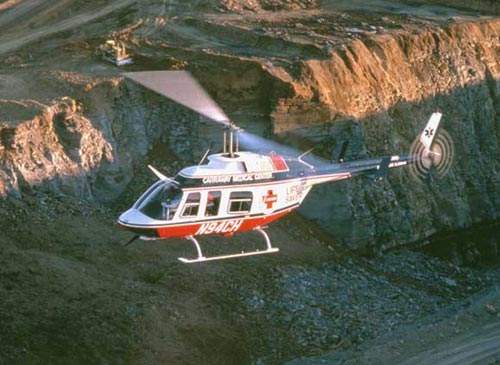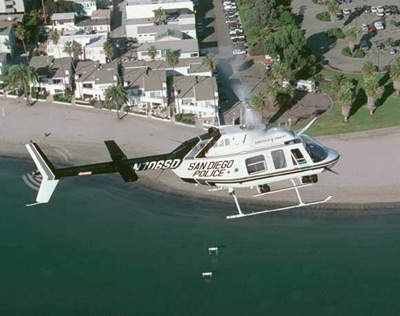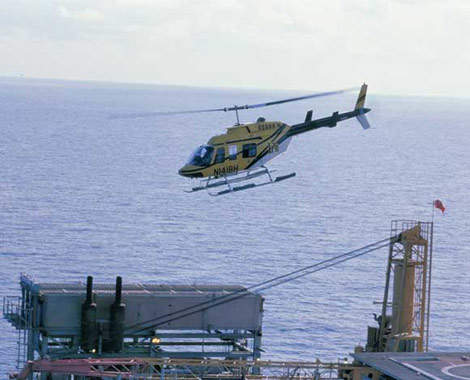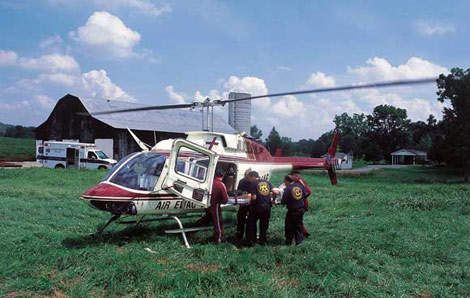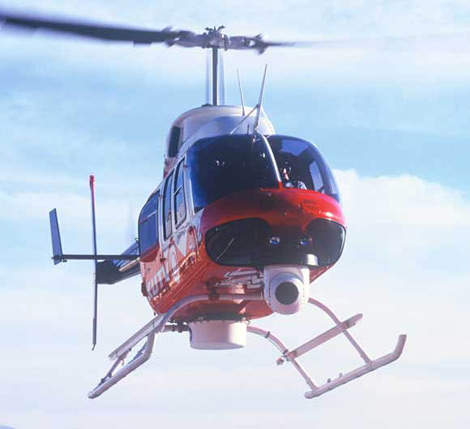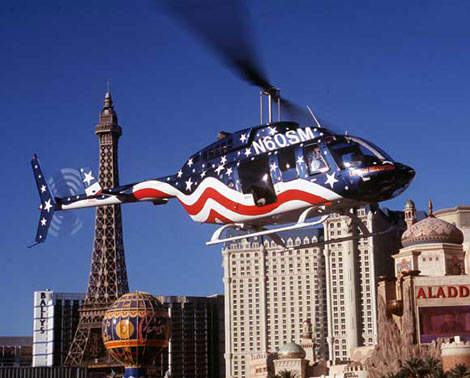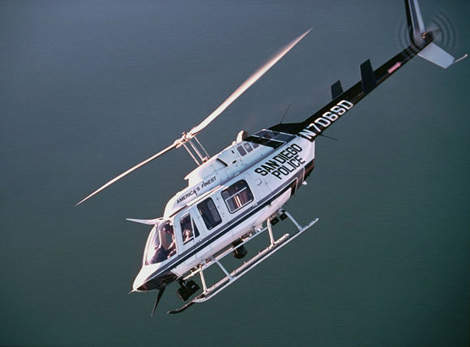The Bell 206L LongRanger light helicopter is a stretched version of the Bell 206B JetRanger, which entered service in 1977. The current production version, the Bell 206L LongRanger IV, entered service in 1992.
Transport Canada and FAA certification were obtained in October 1992 and deliveries started in December 1992.
The helicopter is produced by Bell Helicopter Textron, with headquarters in Fort Worth in Texas, US, and is manufactured at the Bell Helicopter Textron Canada plant in Mirabel, Quebec. Its actual production began in 1975.
The Bell 206L LongRanger helicopter is used for police and paramilitary missions, police patrol, offshore, emergency medical services, corporate transport, as a news helicopter and for airborne surveillance.
The helicopter carries up to seven people and has a range up to 665km and cruise speed of 205km/h. The maximum endurance is 4.1 hours.
The 206 series helicopters received the European Aviation Safety Agency (EASA) Training Approval in March 2011.
Orders and deliveries of the Bell 206 L helicopter
More than 4,800 206B JetRanger and 1,700 206L LongRanger helicopters have been delivered, including more than 275 of the LongRanger IV versions.
Bell Helicopter Textron orders include the sale of 16 206L-4 LongRanger aircraft to Air Evac Services Inc in September 2007.
In October 2011, Air Medical Group Holdings (AMGH), a subsidiary Air Evac Lifeteam, ordered 16 206L4 LongRanger IV helicopters. Deliveries of the same are expected to be completed between 2012 and 2013.
Bell Helicopter has developed an upgrade of 206L-3 and L-1 models to incorporate features of the L-4, including the drive train and uprated engine. It was launched in September 2009.
Military variants of the Bell 206 are in service with the US Army (OH-58 Kiowa armed reconnaissance helicopter and TH-67 Creek training helicopter) and US Navy (OH-6 Cayuse surveillance helicopter and the TH-57 training helicopter).
Design features of Bell Helicopter Textron’s Bell 206L
The Bell 206L LongRanger is similar in design to the Bell 206B but with a more powerful engine and a larger cabin.
Other modifications to the design include new cowlings, engine deck and mountings, a fire wall and an increased thrust tail rotor.
The construction of the fuselage includes Bell’s NodaMatic design of nodal beam transmission, which gives a substantial reduction in the cabin noise and vibration.
There are five doors: one hinged double door and co-pilot door on the left side and the pilot door and passenger door on the right side.
The helicopter is fitted with standard low-skid landing gear, but can also be fitted with high-skid gear (including AAI flight steps) or emergency flotation gear.
An optional cargo hook is rated to carry a load up to 907kg.
The 206L-4 is the latest variant of the LongRanger series. Compared to its predecessor, the L-3 version, improvements are uprated transmission (365kW instead of 324kW) and heavier gross weight, up from 1882kg to 2018kg.
Cockpit and cabin of the Bell 206L LongRanger IV light helicopter
The helicopter is fitted with a Rockwell Collins Microline avionics suite with a dual navigation and communications system, automatic direction finder, distance measuring equipment and a marker beacon transponder.
A Sfena autopilot or a Rockwell Collins AP-107H autopilot can be fitted as specified by the operator, which allows single pilot instrument flight rules operations.
The cabin, 2.74m long by 1.28m wide by 1.28m high, seats up to seven people, with two crew seats, two rear-facing seats and three forward-facing seats.
For corporate travel the cabin can be configured with four club-style passenger seats. The total cabin volume is 2.35m³, with a 0.45m³ (16ft³) baggage compartment. The cabin environmental control is fed by an engine bleed air system.
The forward passenger seat on the port side can be folded to allow long loads to be carried.
The cabin can hold up to two stretcher patients and two seated patients or medical attendants. The port side of the cabin is fitted with double doors opening to a width of 1.52m allowing easy and fast loading of stretcher patients or large cargo.
Engines onboard the Bell 206L
The helicopter is powered by a Rolls-Royce Allison 250-C30P engine developing 415kW continuous power. The transmission system is rated at 325kW take-off power and 275kW continuous power. The helicopter has a rupture resistant fuel system with a maximum fuel capacity of 416.

